
Getting Used to an Electric Trike: What Seniors Should Know
Let’s talk about something that doesn’t get mentioned enough: electric tricycles take some getting used to.
If you’re a senior thinking about buying one—or maybe you already have and felt a little wobbly on your first ride—you’re not alone. A lot of people assume they’ll hop on and go, just like riding a bike. After all, it’s got three wheels. It must be more stable, right?
Well… yes and no.
Electric trikes are stable when you’re stopped or cruising in a straight line. But riding one isn’t exactly intuitive, especially if you’re used to two wheels. The good news? You can absolutely learn it. It just takes a little time, a bit of patience, and the right mindset going in.
Why It Feels So Different
Here's the thing: electric trikes don’t ride like bicycles. Not even close.
On a two-wheeler, you balance by leaning. Your turns are a mix of body motion and handlebar movement, and your instincts take over without much thought. But on a trike, leaning doesn’t help you turn—it can actually throw you off balance if you’re not careful. The steering is all in the arms, and you’re working with a wider footprint, especially on corners.
Most first-time trike riders aren’t expecting that. They turn too sharply, overcorrect, or feel like the whole thing is “off.” That’s not a design flaw—it’s just a different kind of ride. And if you’ve been biking your whole life, it can feel foreign at first.
There’s also the matter of confidence. A lot of folks assume a trike is going to be easier—maybe even effortless—so they hop on, hit the throttle, and take off. And that’s where a lot of problems start. Without a feel for how the trike handles, even gentle turns can throw you off, especially at speed.
So if your first ride felt weird, or even scary, that doesn’t mean trikes aren’t for you. It just means you’re in the learning phase. Everyone goes through it.
Common Mistakes (and How to Avoid Them)
There are a few things we’ve seen over and over again—patterns that new riders tend to fall into. Once you know what they are, you can plan around them and make the whole process a lot smoother.
1. Jumping straight into traffic or tight spaces
Your first few rides shouldn't be in your neighborhood cul-de-sac or a crowded path. Find an open parking lot, an empty bike trail, or a wide sidewalk with no foot traffic. Give yourself space. The goal isn’t distance—it's confidence.
2. Using full throttle right away
Ease into the power assist. It’s tempting to crank it up and feel that motor do its thing, but until you’re comfortable steering and braking, that power can take you places faster than you’re ready for.
3. Turning too sharply
Unlike bikes, trikes don’t “lean into” turns. You steer more like you would with a car. Keep your speed slow on corners and give yourself plenty of room. Wide, gentle turns are your friend.
4. Riding on slopes too early
Inclines, uneven sidewalks, driveways—these can all feel a bit unstable when you’re new. Stick to flat ground for your first few outings. You’ll build muscle memory without worrying about fighting gravity at the same time.
How Long Does It Take to Get Comfortable?
Honestly? It depends.
Some people find their groove in one afternoon. Others take a few days. For some, it’s a couple of weeks before it clicks. And that’s totally okay. There’s no “right” timeline here.
What matters is consistency. Short rides every day (or every other day) will help you get used to the way your trike handles. Keep your sessions short, pressure low, and let yourself adapt naturally.
If you're someone who's been active your whole life, this may feel frustrating at first. But stick with it. It’s not about pushing harder—it’s about giving your body and brain the time to adjust to something new.
A Few Words for the Cautious (Which Is Most of Us)
It’s perfectly normal to feel nervous when trying something unfamiliar—especially when safety is on your mind. That nervousness is actually a good thing. It means you’re thinking things through. Just don’t let it turn into fear that holds you back.
Prepare your space. Go slow. Make adjustments. Learn how your trike reacts to turns, to stops, to bumps. And don’t compare your experience to someone else’s. Everyone starts in a different place.
Also, if you're helping a parent or partner get started with a trike, be patient with them. Encourage them, but don’t rush them. Confidence is built ride by ride.
So, Is It Worth It?
Yes. Unequivocally, yes.
For seniors who want to stay active, independent, and outdoors, electric trikes offer a path forward that doesn’t rely on perfect balance or strong knees. They give you freedom without the stress of hills, joints, or long walks.
And once you get past those first few learning rides, something clicks—and riding becomes second nature again.
Final Thoughts
If you're just getting started with an electric trike, give yourself some grace. It’s okay if you don’t love it on day one. You’re learning. You’re adjusting. And with a bit of practice, you’ll be riding comfortably, confidently, and maybe even wondering why you didn’t try it sooner.
Take it one ride at a time.
You’ve got this.
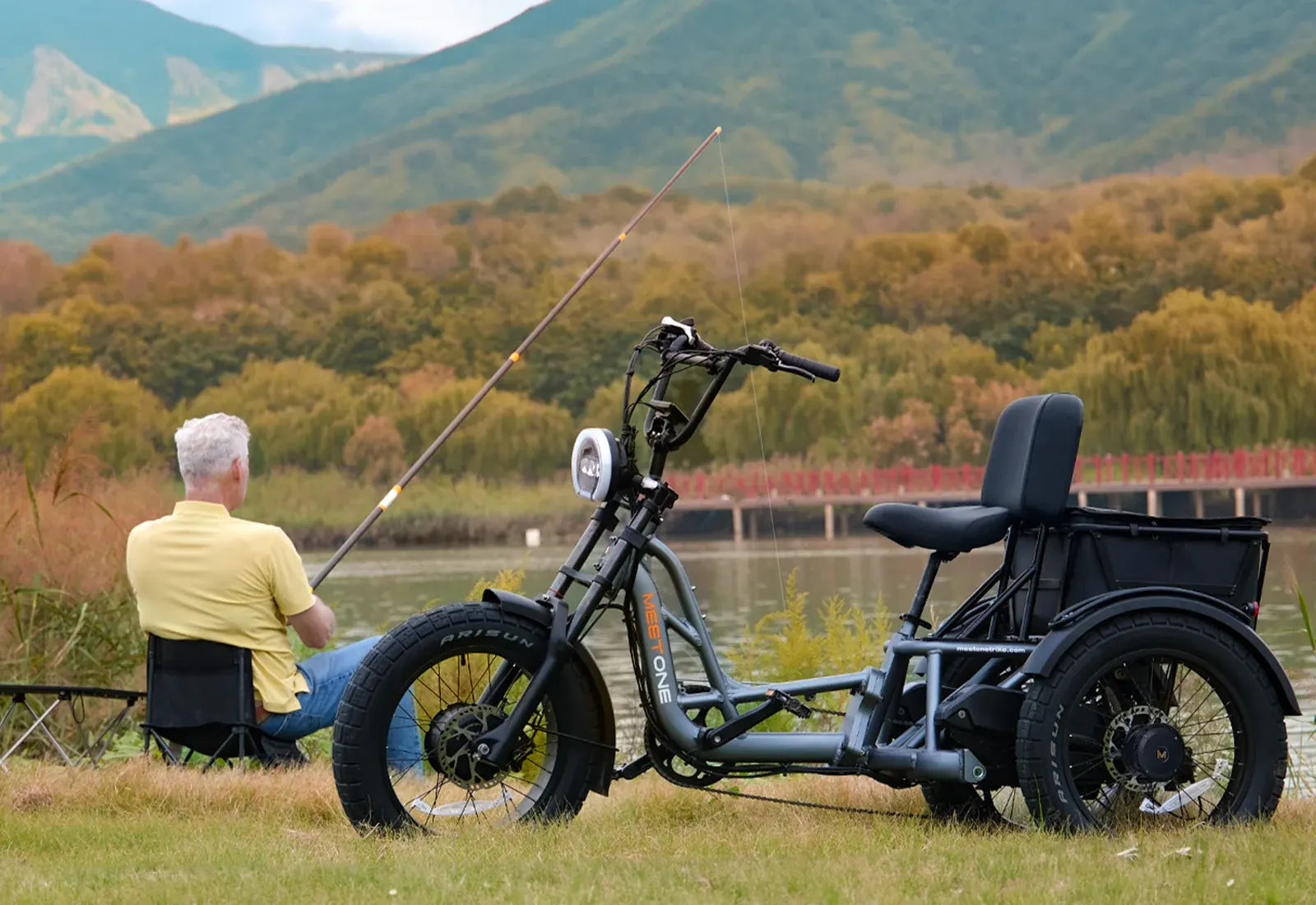
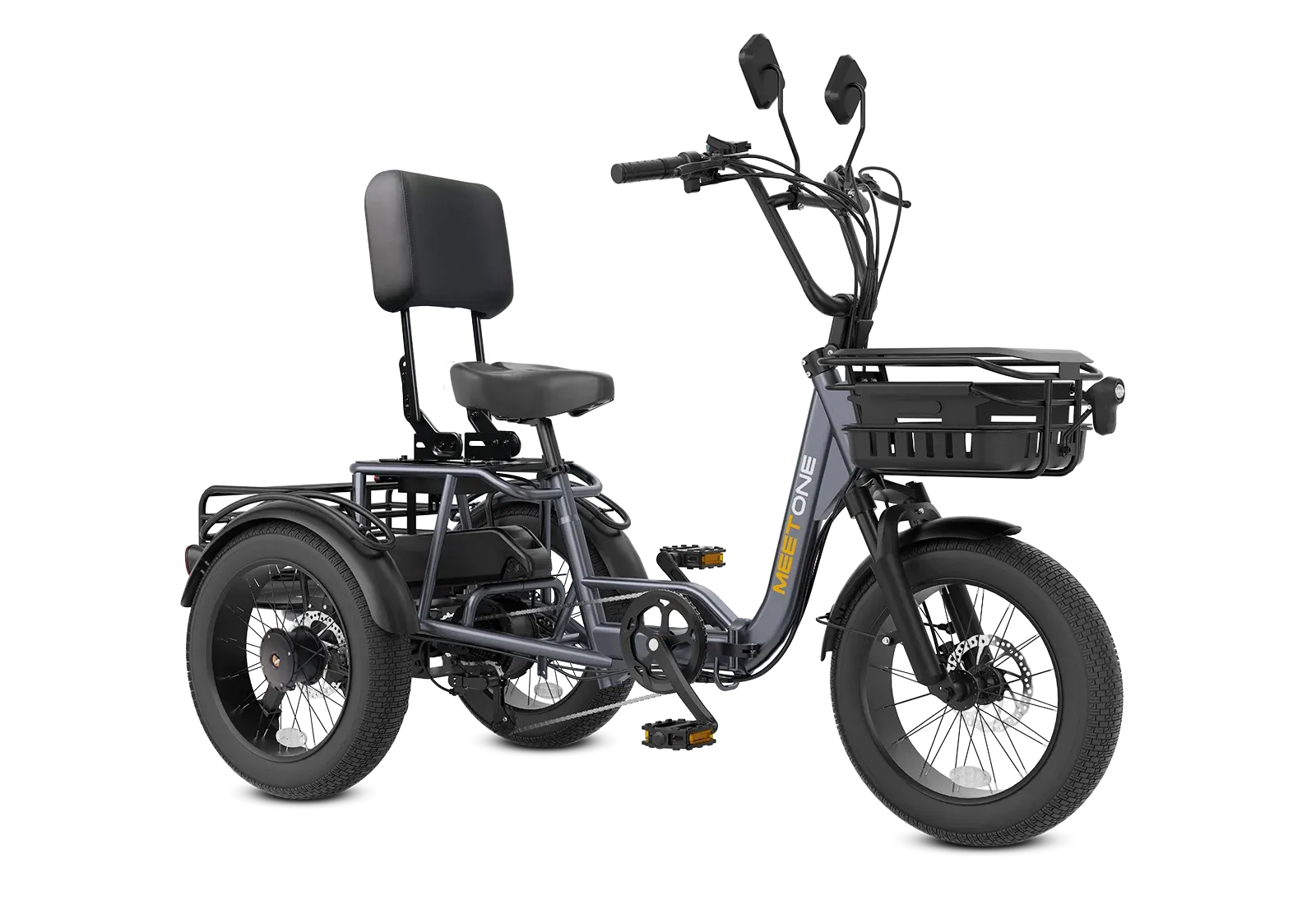
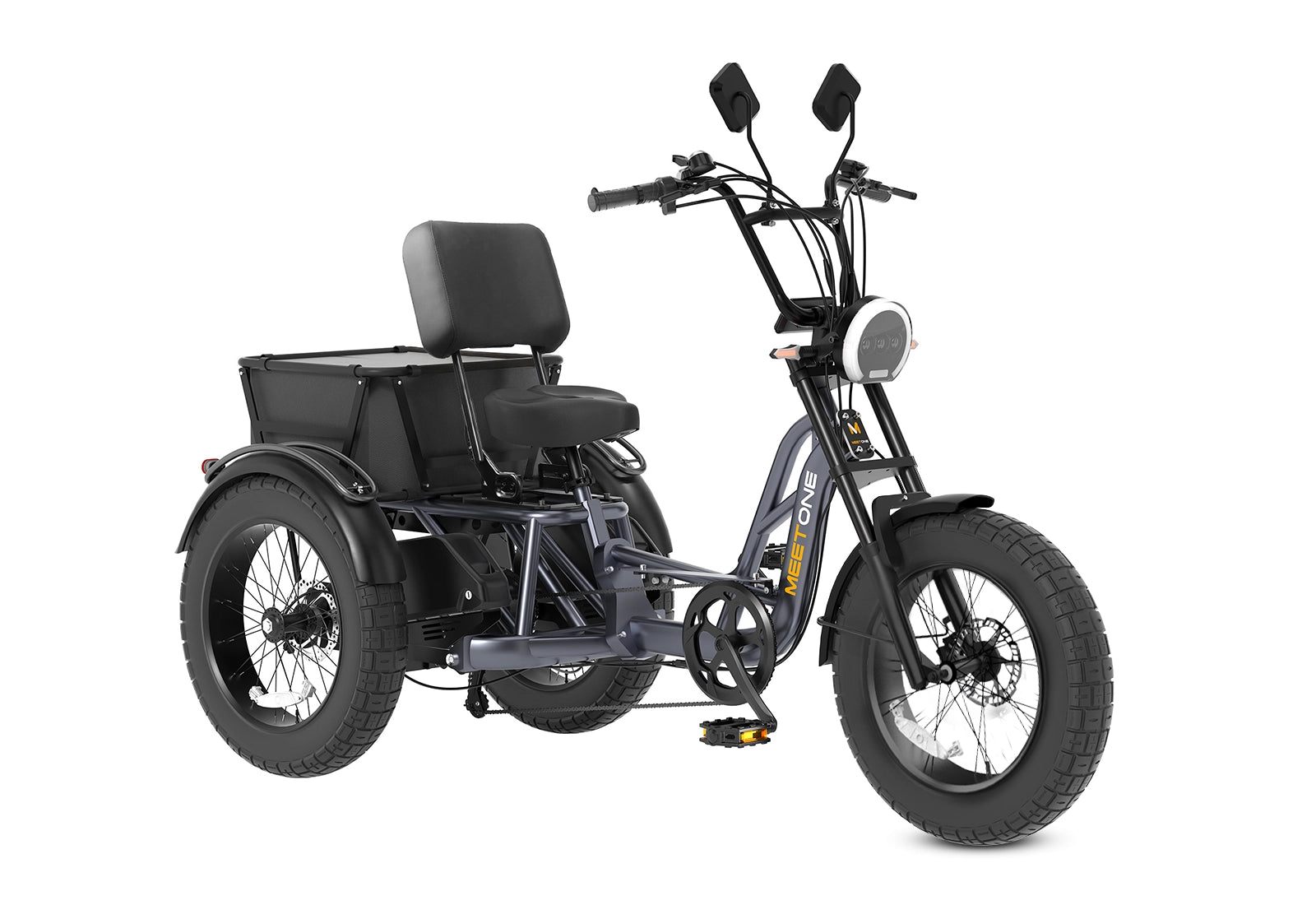

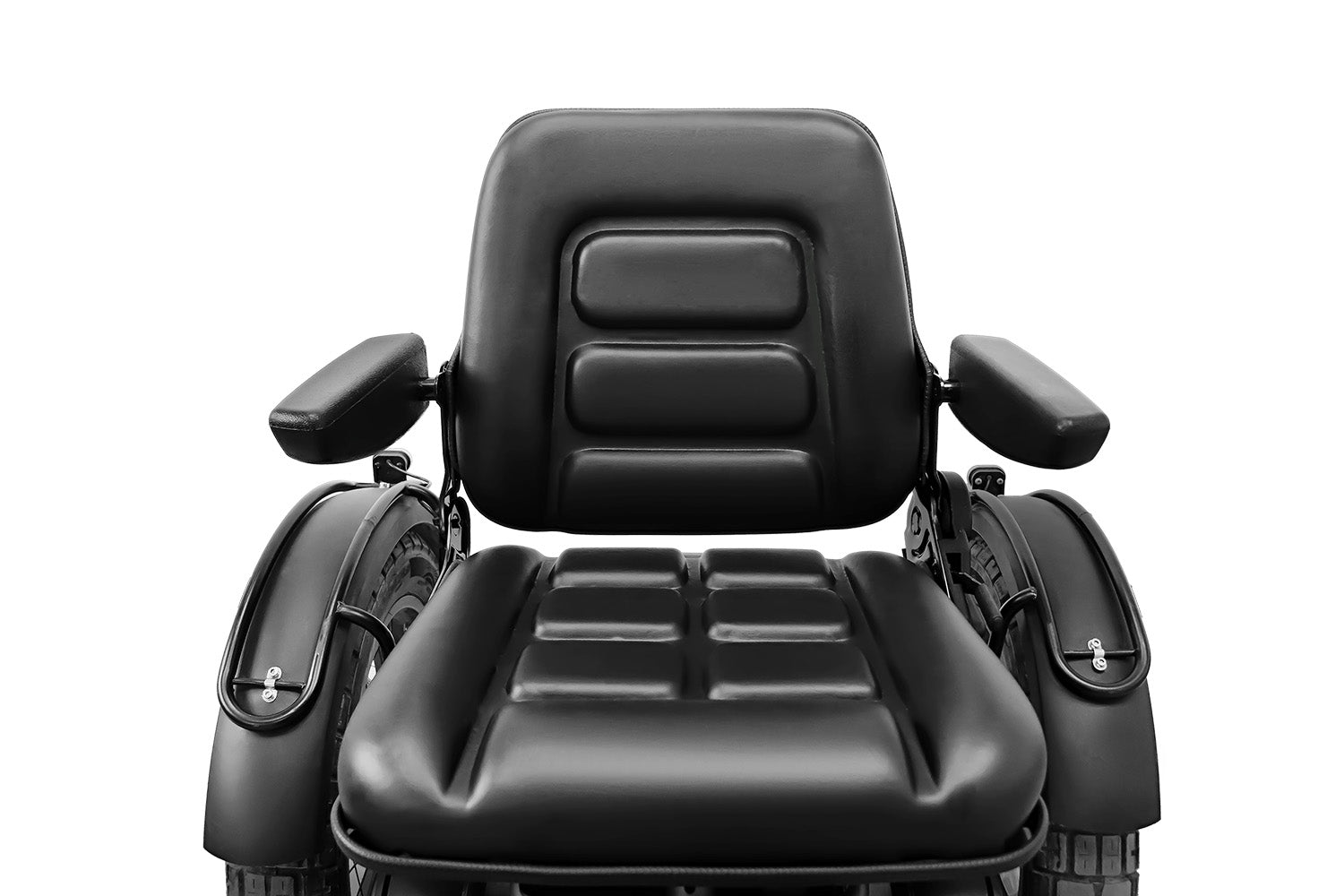
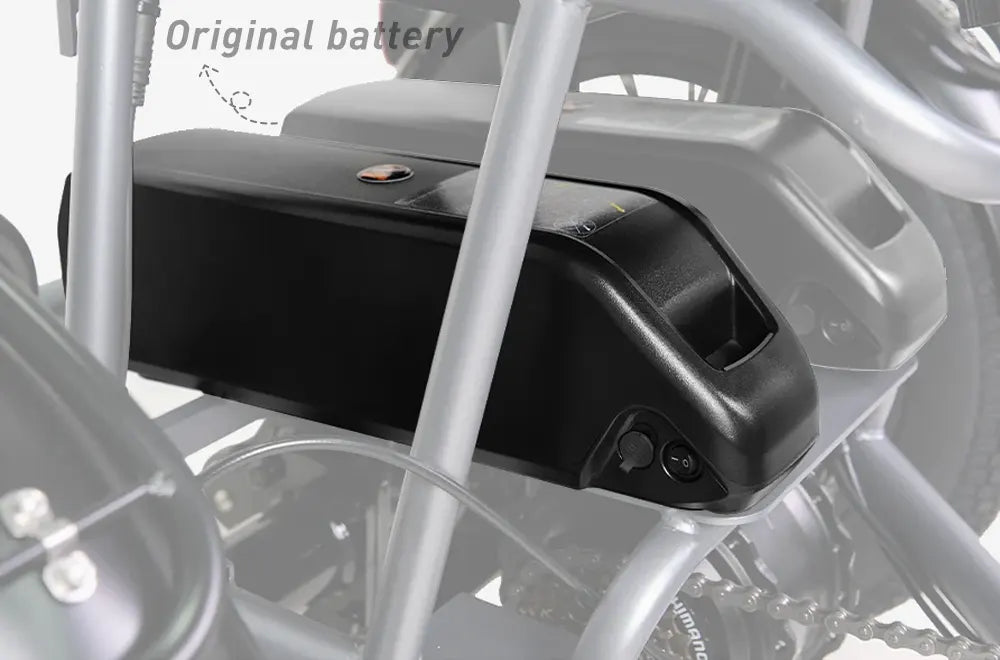
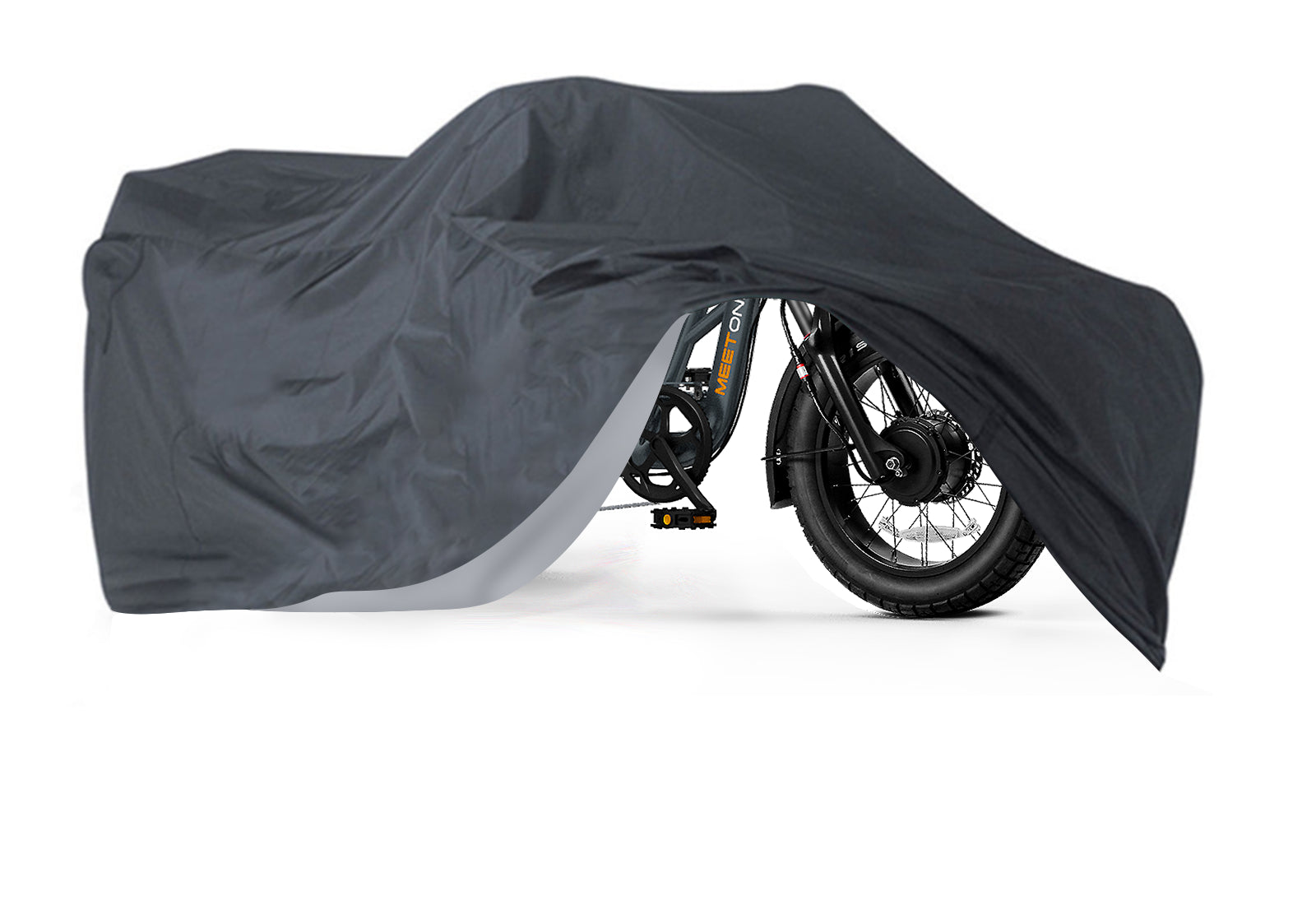

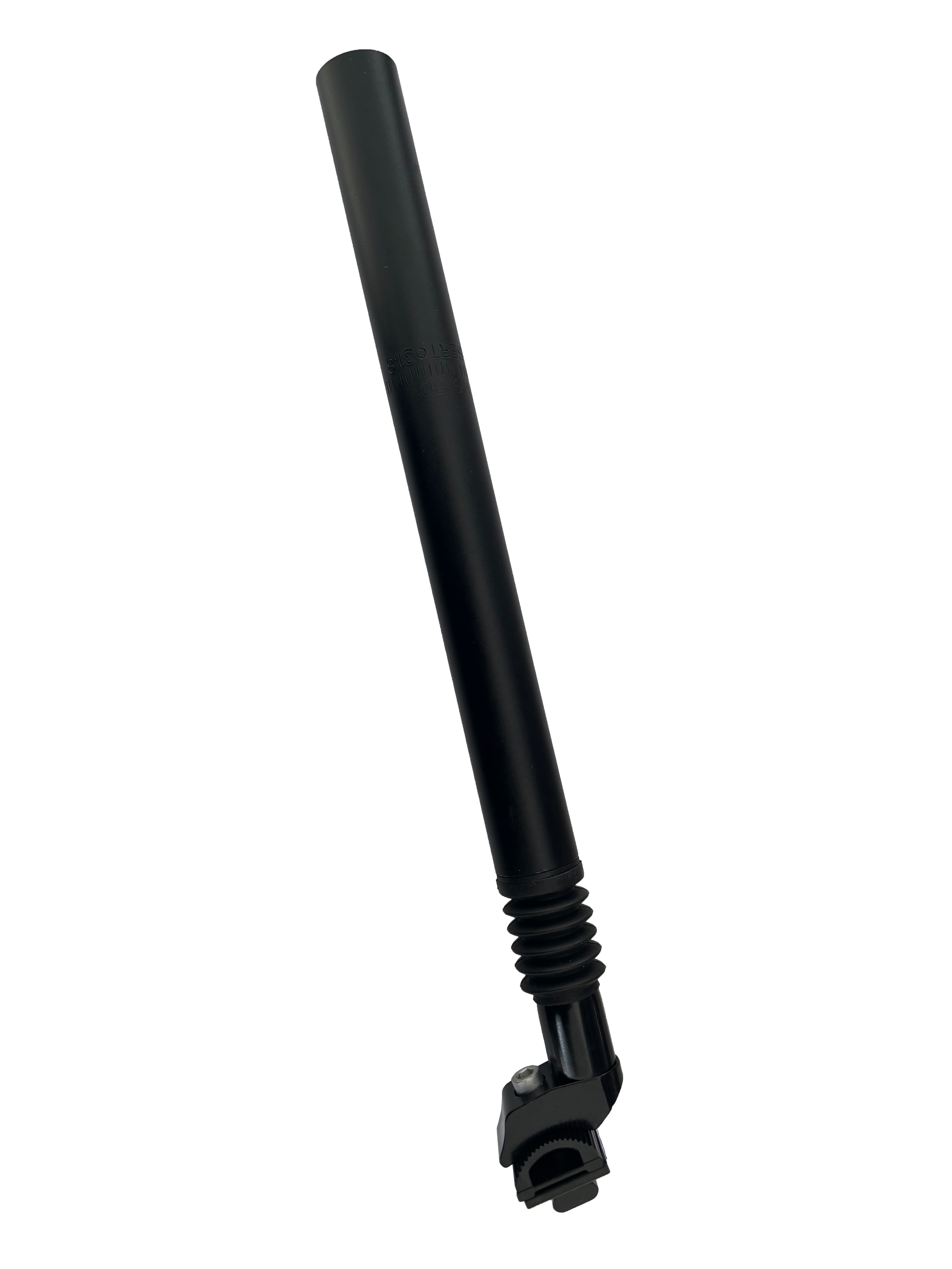
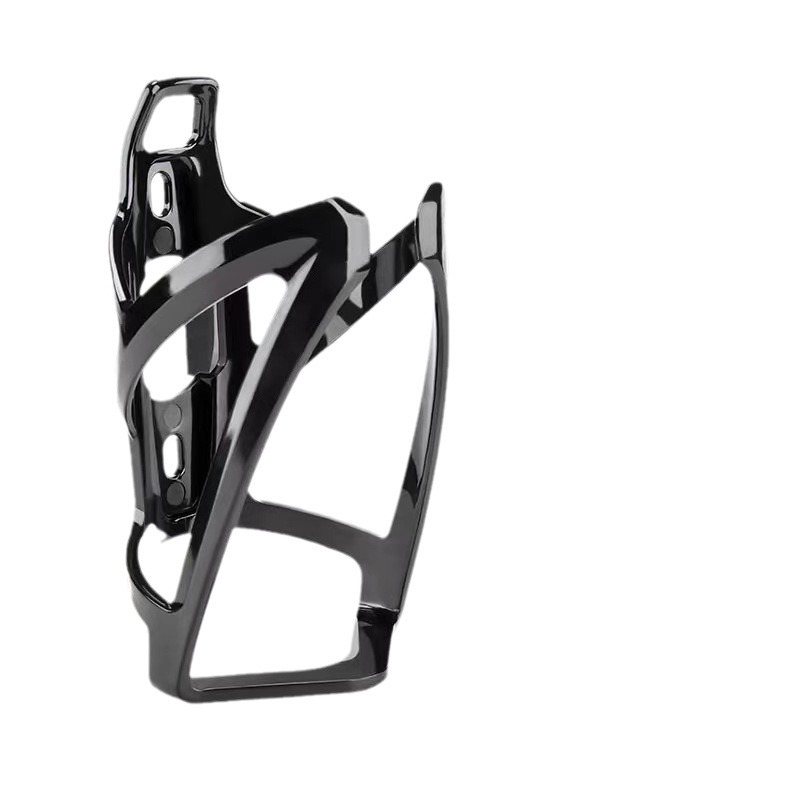

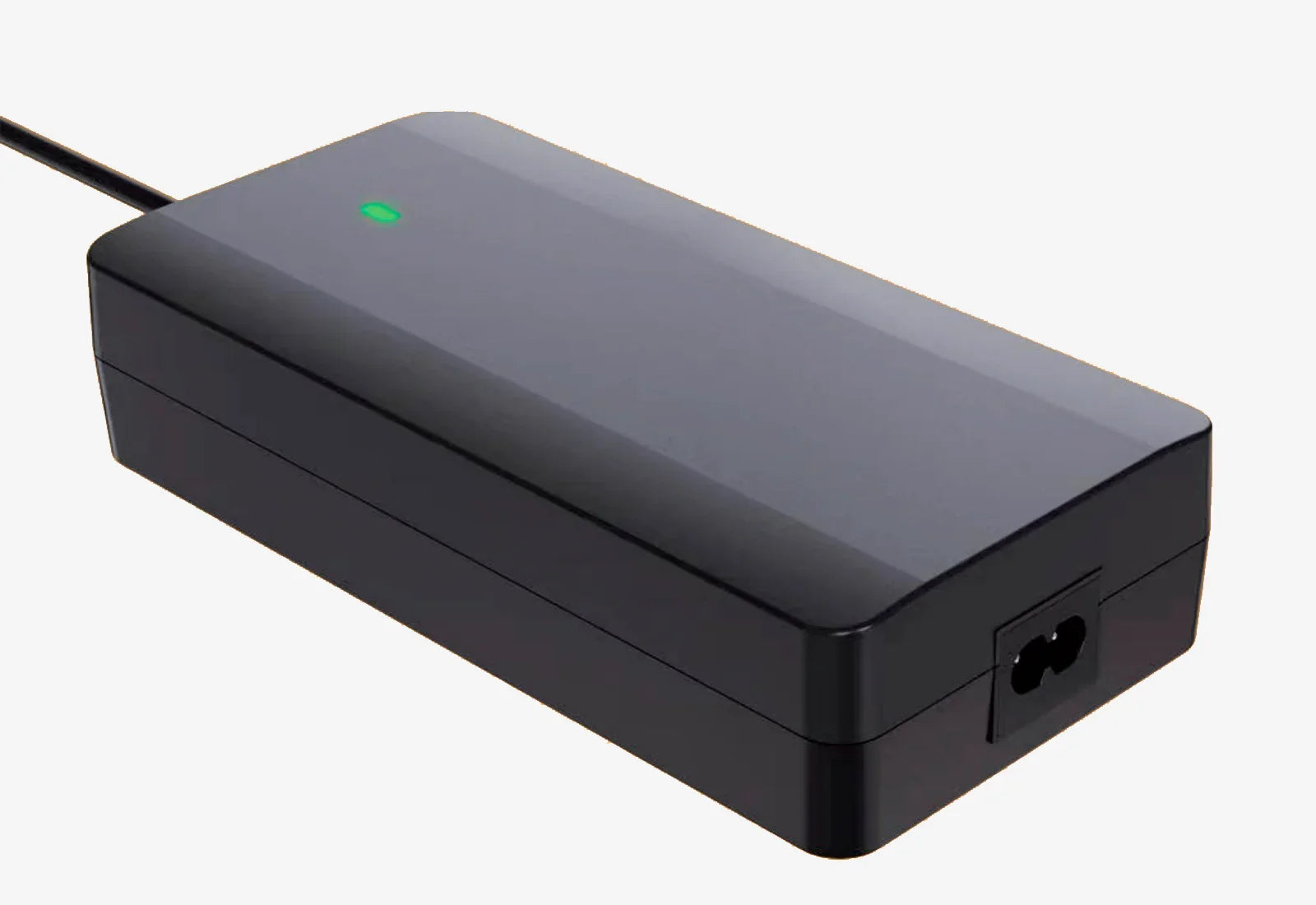

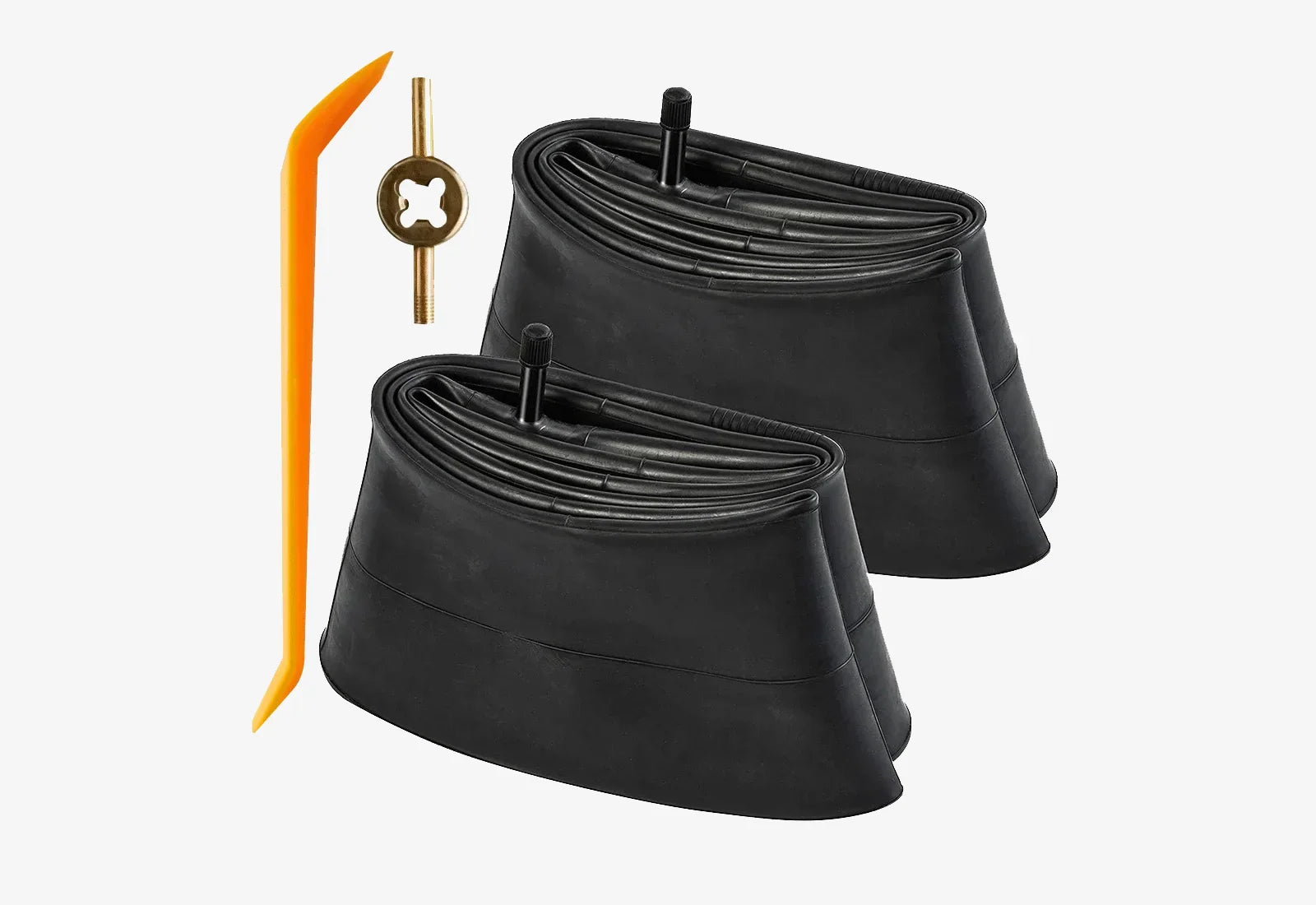
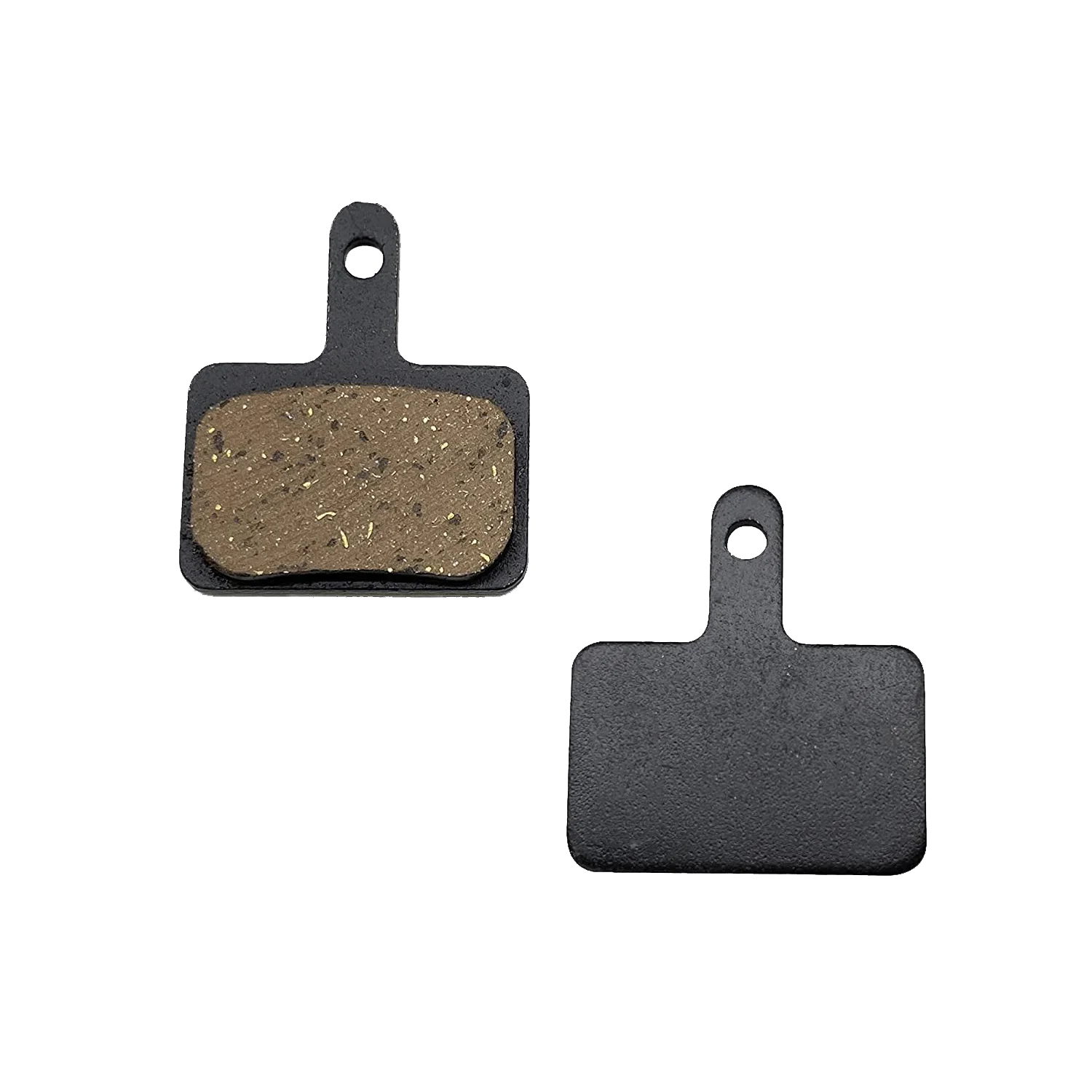
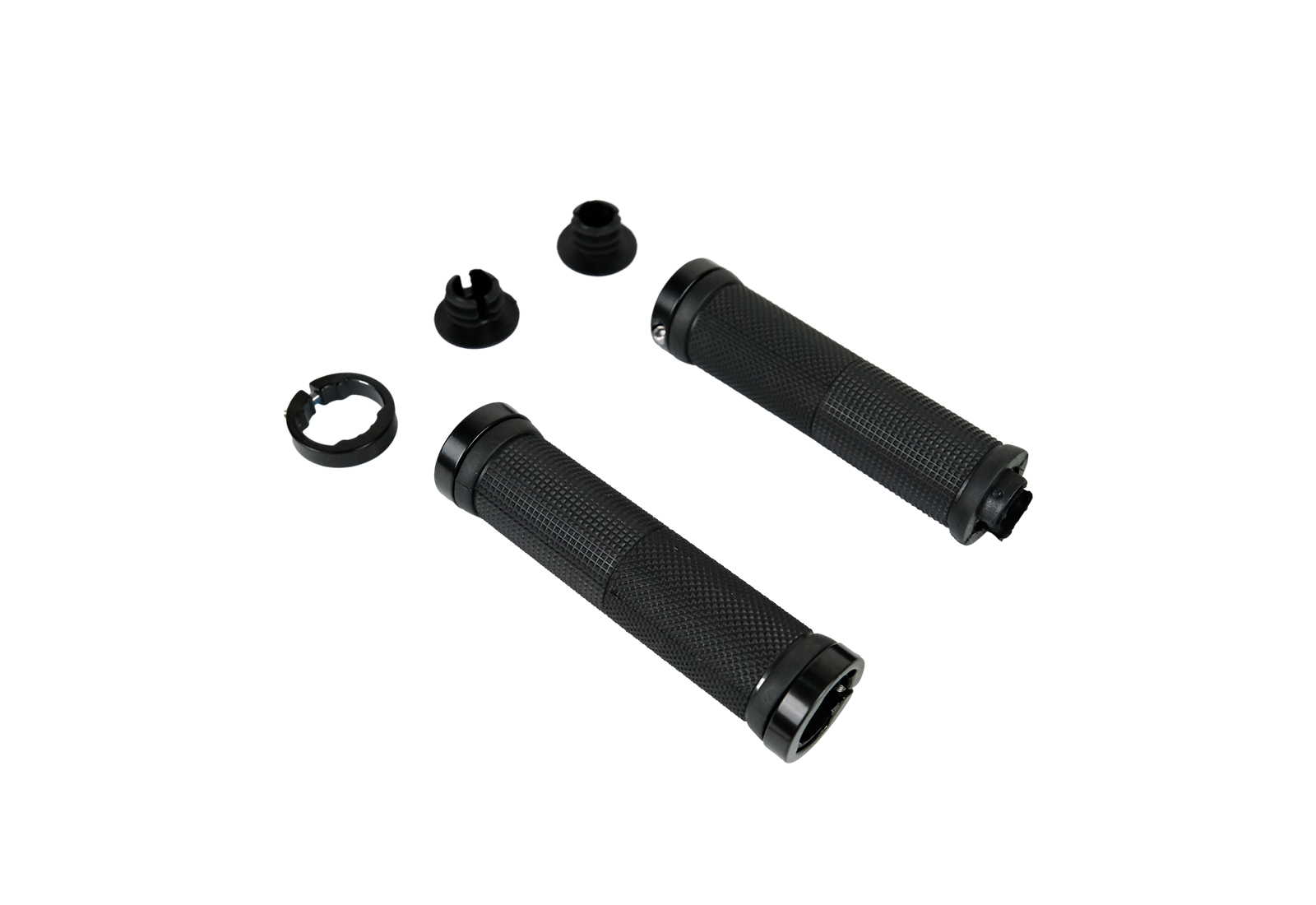
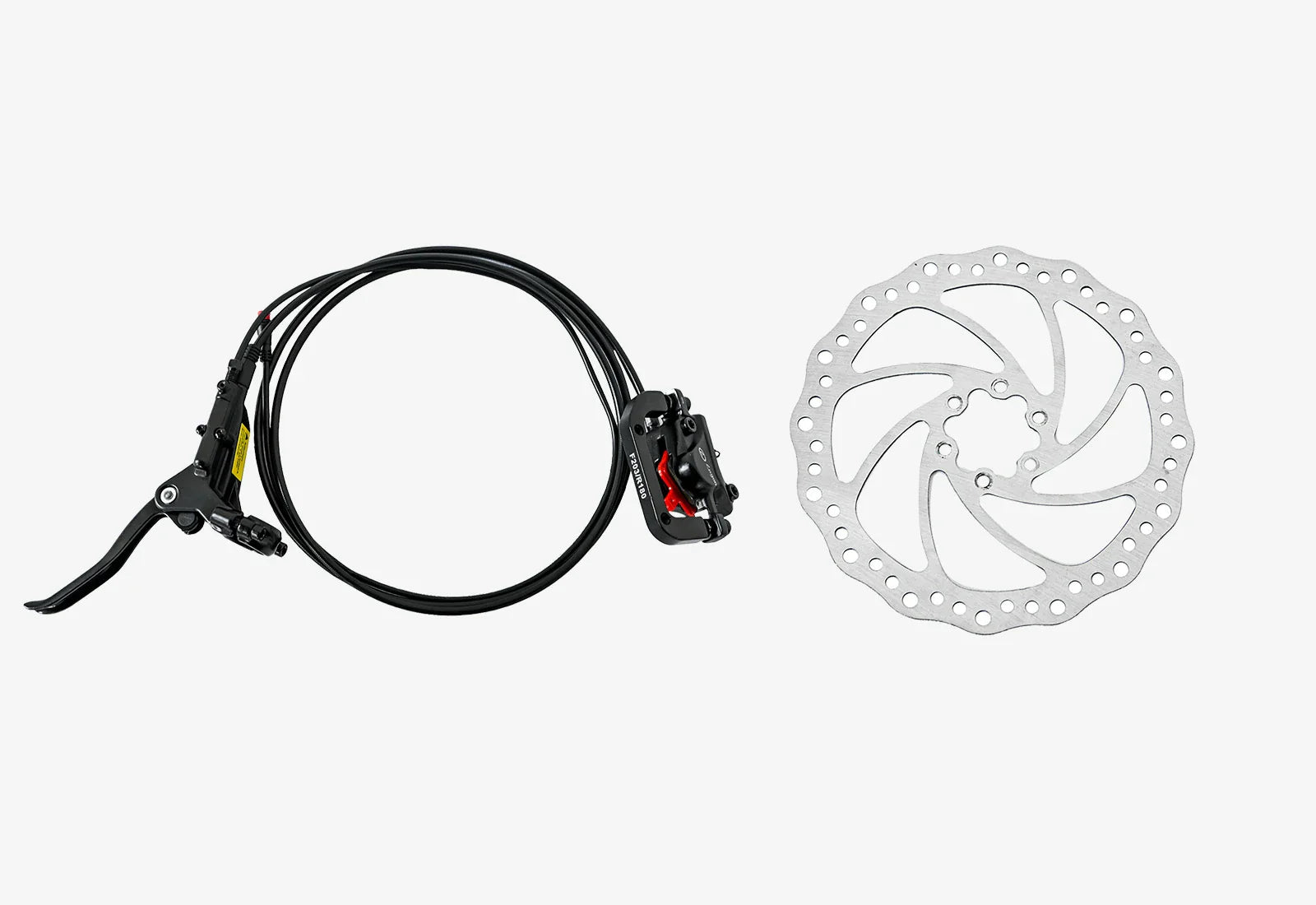


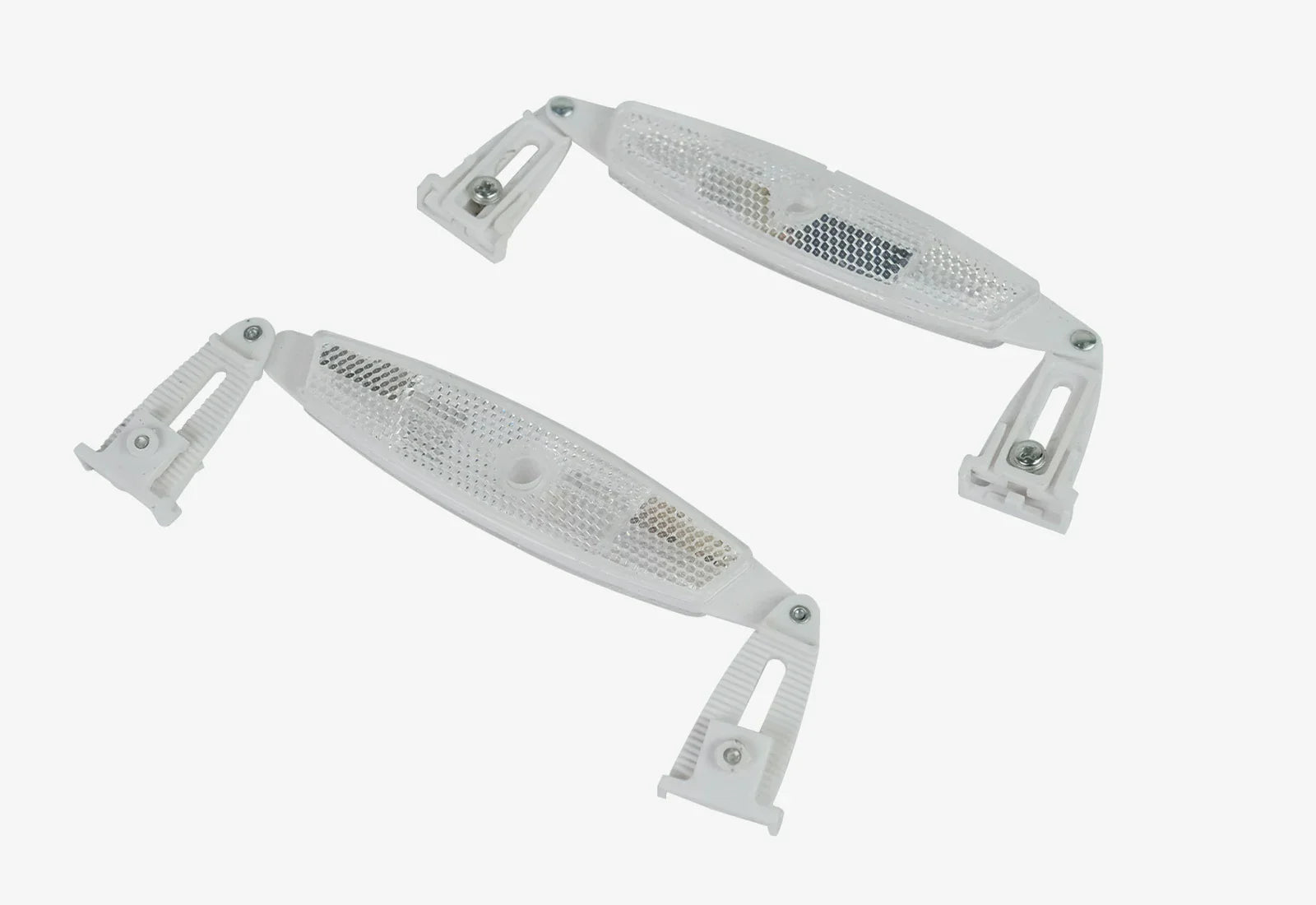
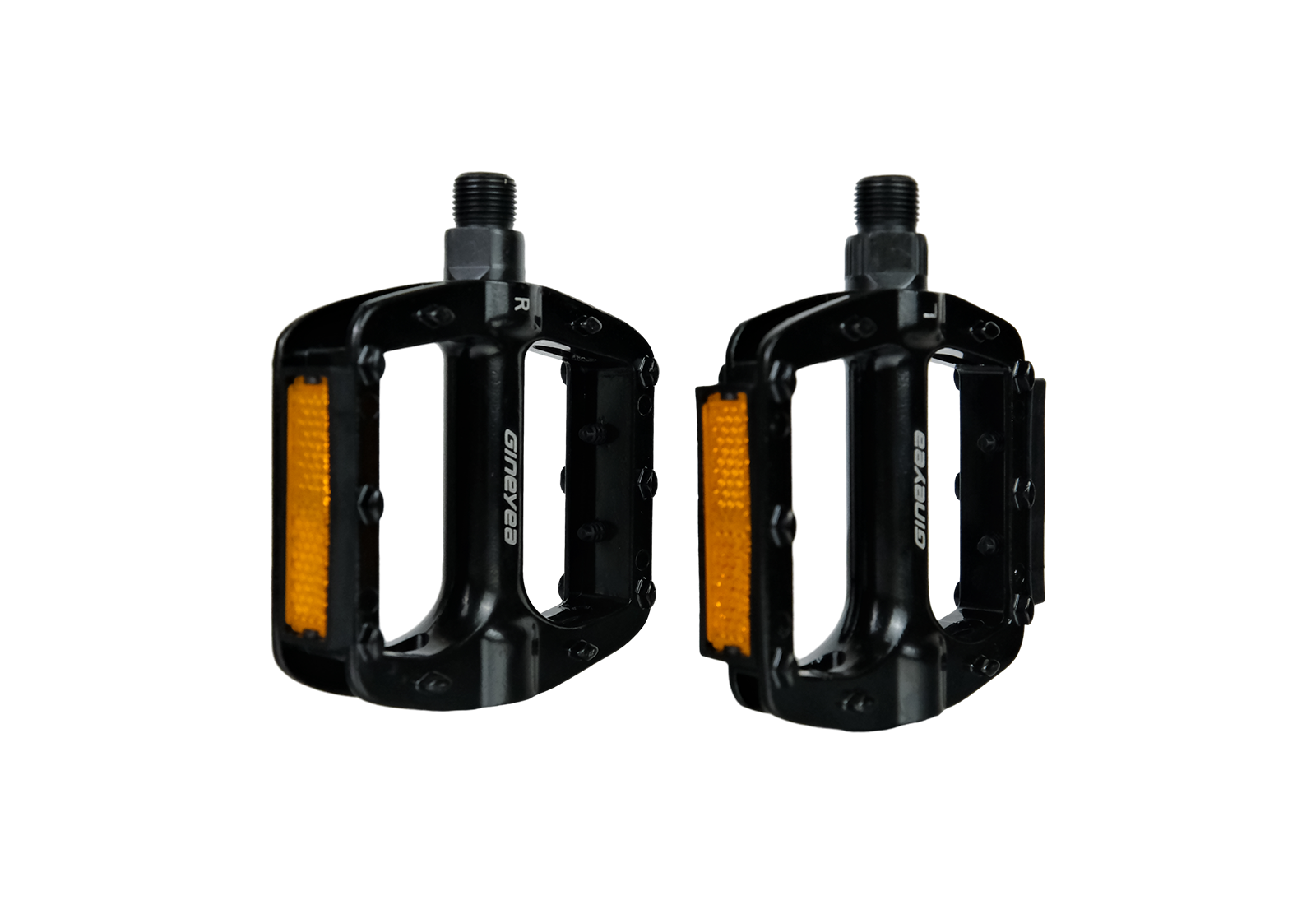


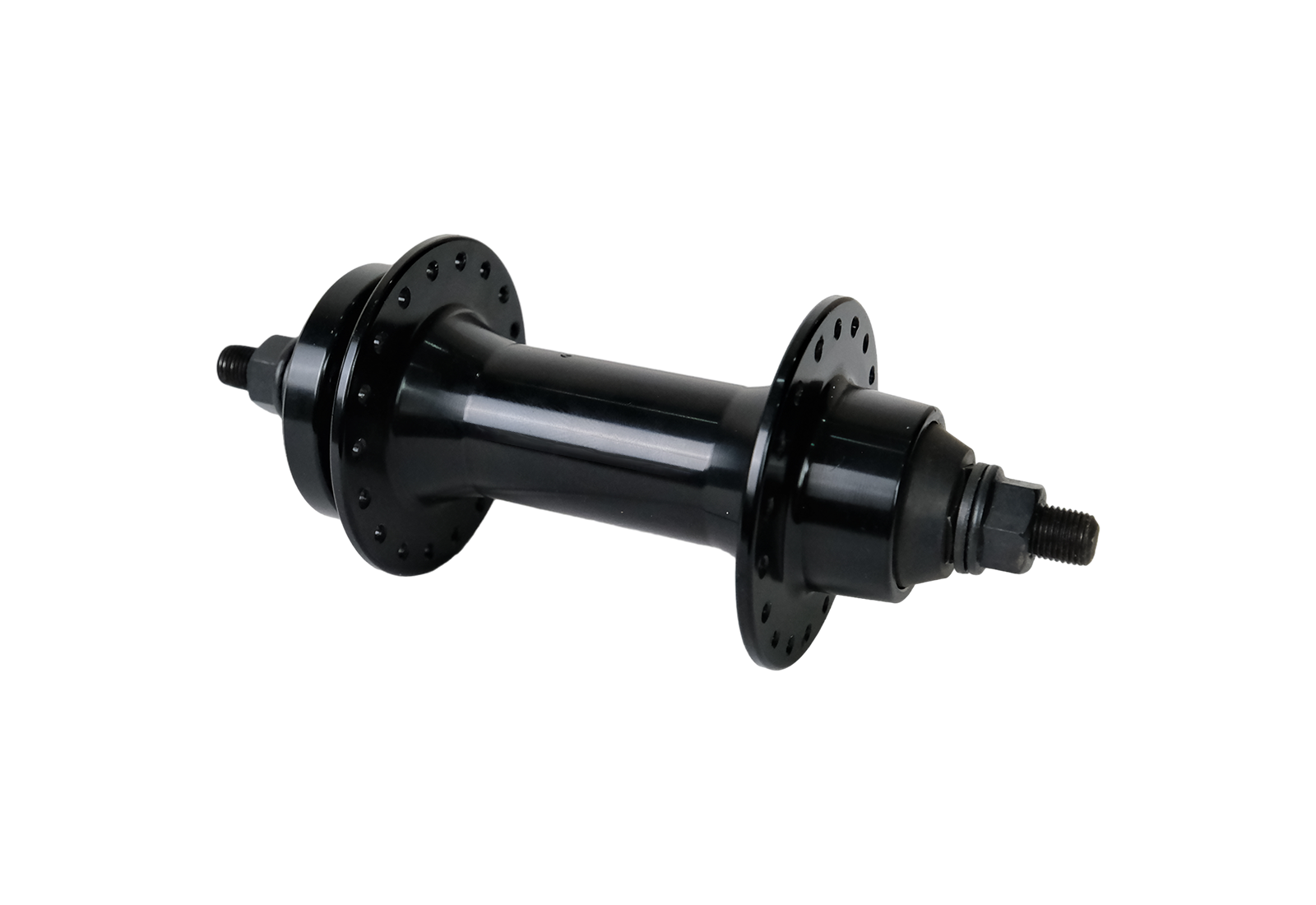
2 comments
I’m 86 have knee and balance issues riding a 2 wheel bike really
Enjoy my trike this helps
Very good advice and a useful blog post. I took several rides several weeks apart to get used to the quirks of riding a trike, which I hadn’t ridden for 73 years…yep. That’s right. I’m 77 years old and got my first adult trike (meetone breeze). So it’s no exaggeration to count back when I was 4 years old on my first trike was 73 years ago! Nonetheless, riding around my neighborhood in a hilly part of town , a riverwalk path nearby, and a gentle ride to the small downtown has given me numerous chances to get used to new things about riding my etrike. I just love it.